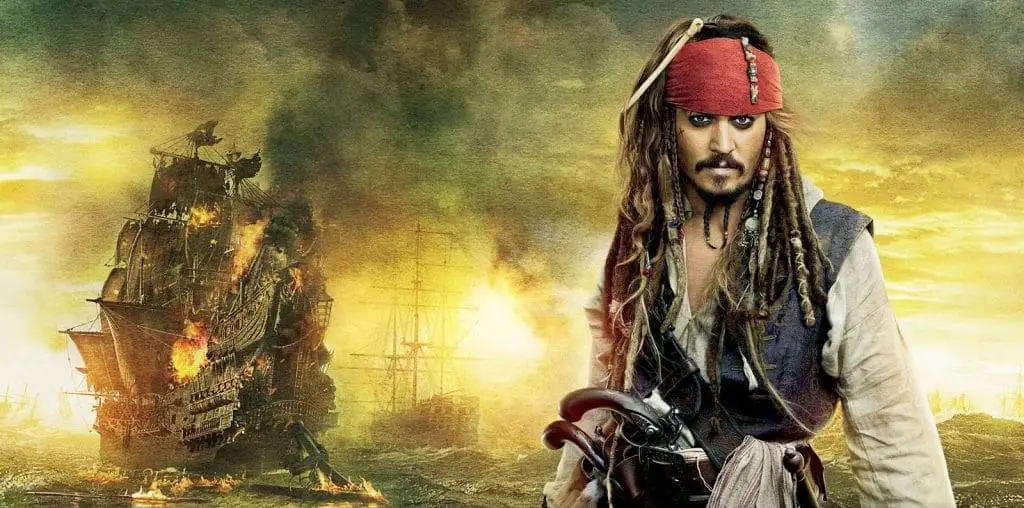
The American directors have had a good couple of days in the Cannes Film Festival’s Official Competition. Gus Van Sant unveiled a new masterpiece just five years after winning the Palm d’Or for “Elephant.” The Coen Brothers restored their magic touch. And Quentin Tarantino proved that “Death Proof” could stand on its own and not feel any longer with 20 minutes worth of scenes added to the cut.
Van Sant’s portrait of adolescent confusion follows a skateboarder high school student as he drifts through school and life amidst a police investigation of a murdered security guard. Narrated by its young star Gabe Nevins in the manner of a kid reading a writing project, the film weaves back and forth on itself as the main character, Alex, continually tries to tell his story without confronting the incidents that are bothering him.
The film takes some of the meditative styles of Van Sant’s recently completed trilogy (“Gerry,” “Elephant” and “Last Days”) and adds to it a mixture of forms, including the poetification of skateboarding footage. Van Sant accompanies his cinematic paintings, shot in collaboration with Christopher Doyle and Kathy Li, with a vast array of perfectly selected music ranging from Elliott Smith to hardcore to Nina Rota’s score for “Juliet of the Spirits.” The result is a graceful work that is as beautiful as it is wise.
Joel and Ethan Coen’s last couple films, “Intollerable Cruelty” and “The Ladykillers,” were both works of inconsequence that saw the distinct duo watering down their usual style without really succeeding on any level. They turned all that around with the premiere of “No Country for Old Men,” which recalls “Blood Simple” and “Fargo” while adding an even tighter level of suspense. The suspense is thanks in large part to Javier Bardem, who creates one of the most palpable villains in more than a decade as a psychopathic mercenary named Chigurh.
Adapted from a novel by Cormac McCarthy, the film follows Josh Brolin as a hunter who stumbles into Chigurh’s business while in the middle of nowhere, Texas, and Tommy Lee Jones as the local sheriff who is trying to make sense of it all (a la Frances McDormand in “Fargo”). Brolin’s character doesn’t realize what he’s gotten himself into, yet is much smarter than most characters who get themselves into these situations in lesser films. Unfortunately, his stalker is also very smart, and relentless and insane to boot.
Most everyone has already seen Quentin Tarantino’s “Death Proof,” but they haven’t seen the lapdance. Tarantino being Tarantino, he wrote a 125-page screenplay for what was supposed to be a film short enough to fit in the double feature “Grindhouse.” He cut it down to 90 minutes for the U.S. release, but added a little more than 20 minutes back to it for the stand-alone film screened at Cannes.
The film is essentially still itself, with some great new scenes that don’t feel at all bloated or out of place. The longest addition, in which Stuntman Mike (the brilliant Kurt Russell) first meets the film’s second set of women, serves as a much more natural, less abrupt transition to the second part of the film. Other additions include the lapdance, a classic Tarantino set piece that is replaced with a “missing reel” card in “Grindhouse,” and more charming moments of character and dialogue. Tarantino is unlikely to take home the Palm d’Or again for a work of genre deconstruction, but nobody is going to claim that he didn’t show his audience a good time.
Another American director, Julian Schnabel, only made one film set in the United States, 1996’s “Basquiat,” before making the Spanish Language “Before Night Falls”, about Cuban poet Reinaldo Arenas. For his latest film, “The Diving Bell and the Butterfly,” he went to France for another biopic. Schnabel adapted the autobiography of Jean-Dominique Bauby, the editor of Elle magazine who had a stroke and lost use of all of his body except for one eyelid. His book was was dictated with this working eye.
Schnabel so elegantly tells the story with pitch perfect POV shots and flashbacks that, when we see actor Mathieu Amalric as a helpless, paralyzed man with one paranoid eye darting around, it’s unsettling that he doesn’t look like a conventional intelligent, witty man. It reveals to the viewer how easy it is to misperceive exteriors. While the story itself is naturally interesting, Schnabel tells it with creativity and natural drama that make it a singular cinematic experience. Fortunately, this year’s festival has had a few of those experiences.
Read more of Jeremy Mathew’s 2007 Cannes Film Festival experience here on Film Threat or at his personal blog>>>
